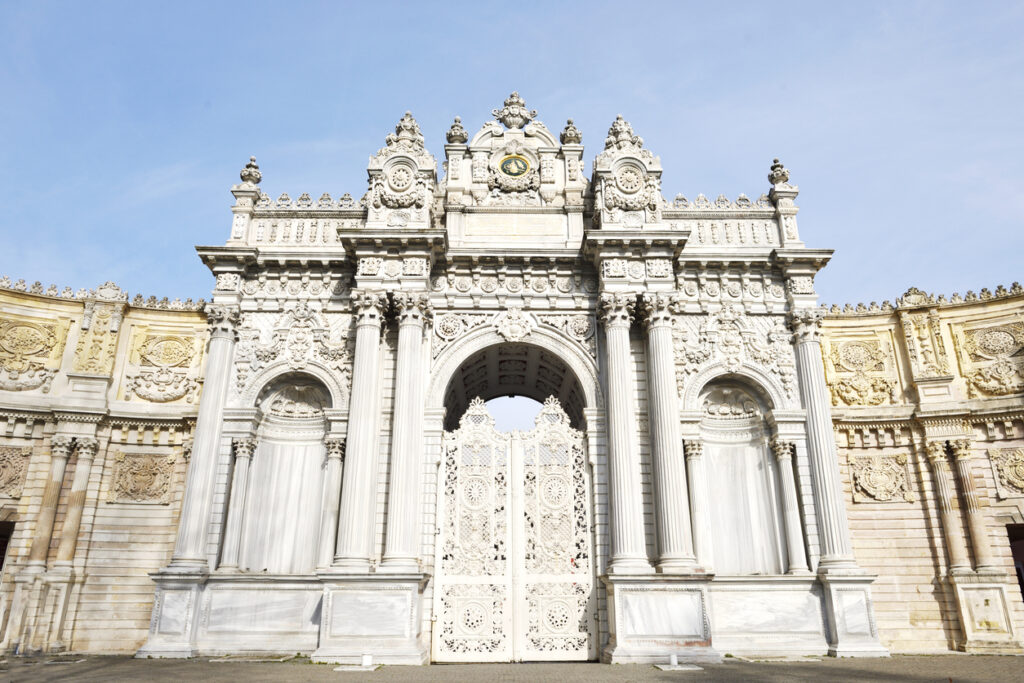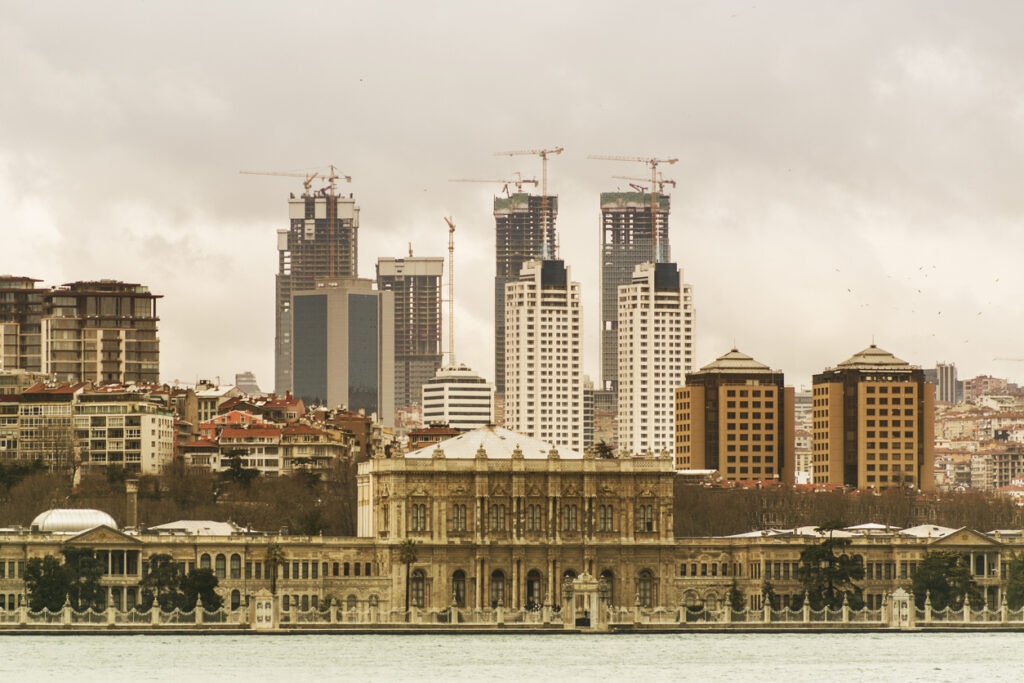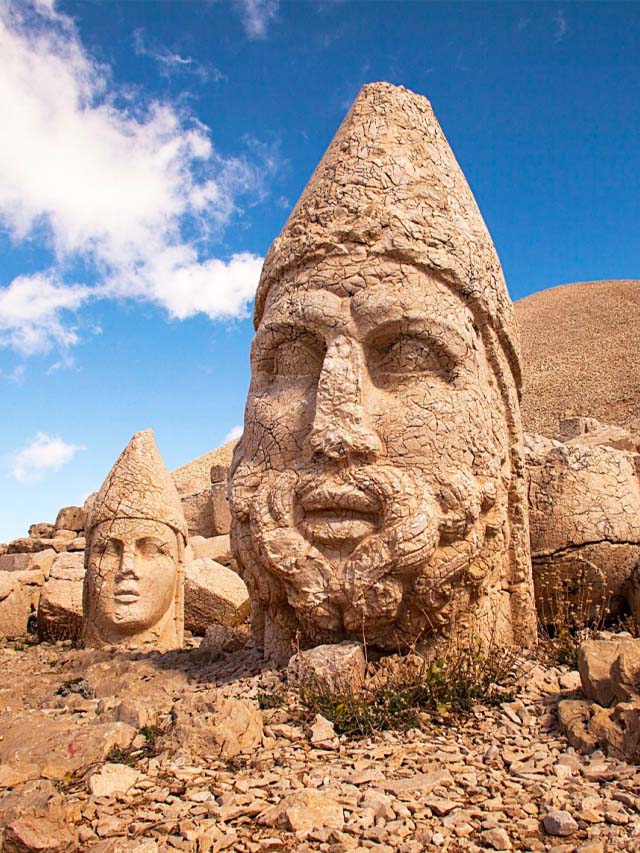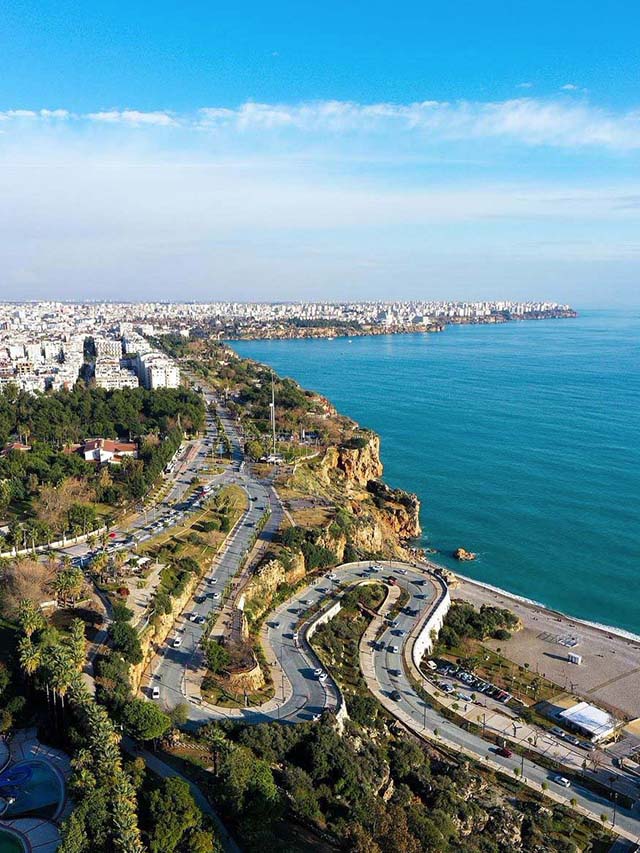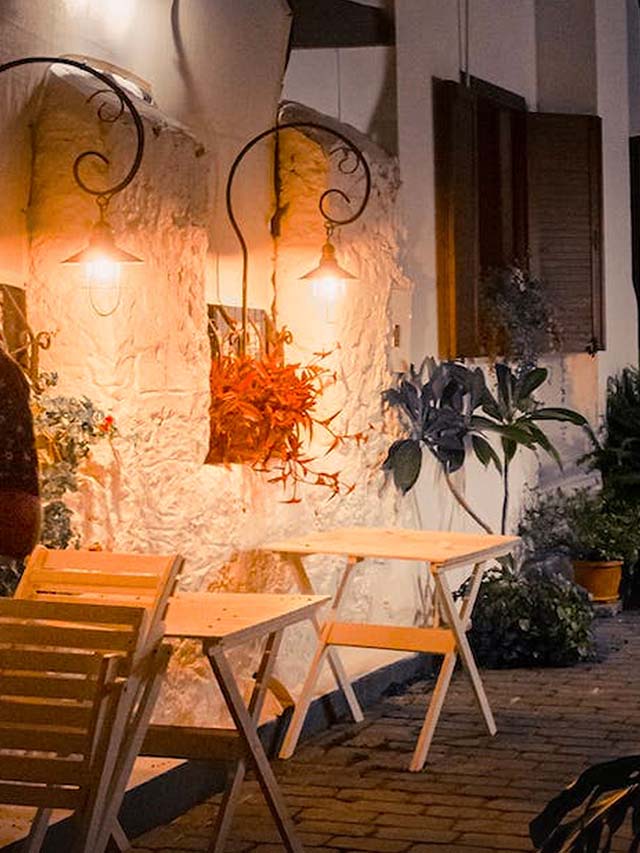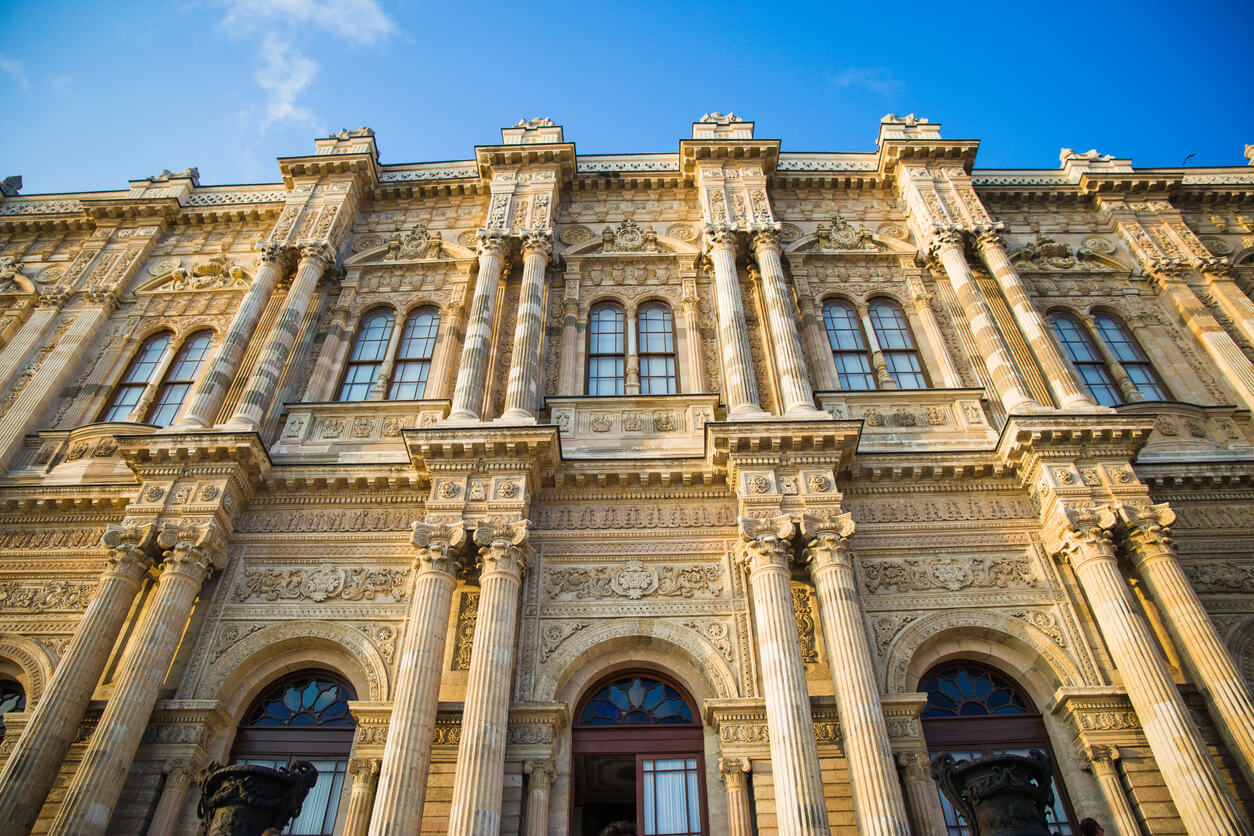
Dolmabahçe Palace adds nobility to the city as one of the last signatures of the Ottoman Empire, which designed its palaces with Western architecture in its last years. A trip to Dolmabahçe Palace gives you the opportunity to learn a lot about the last periods of the Ottoman Empire and the founding of modern Turkey. So, what should we know about this magnificent palace built at one of the central points of the city?
First of all, Dolmabahçe Palace has certain visiting hours and there is an entrance fee. Apart from these, it is necessary to go there by knowing about this palace, which is one of the important symbols of Istanbul, because the content of the palace is very comprehensive. This is necessary in order to experience a historical adventure with full efficiency after entering the palace.
Where is Dolmabahce Palace?
Dolmabahçe Palace is located on the seaside of Vişnezade Neighborhood, in the Beşiktaş district of Istanbul. Dolmabahçe Palace, built on the European side of the city, is located on the Beşiktaş coastal road.
Brief Information About Dolmabahce Palace
Dolmabahçe Palace was built by the thirty-first Ottoman sultan, Sultan Abdülmecid. Dolmabahçe Palace, which was designed with a Western understanding in accordance with the modernization goal of the Ottoman Empire, was opened for use on June 7, 1856. The construction of this magnificent palace, which began on 13 June 1843, took 13 years.
Dolmabahçe Palace was built by Garabet Amira Balyan and her son Nikogos Balyan. This palace, which was built on the basis of western architecture; Abdülmecid, Abdülaziz, V. Murad, II. Abdülhamid, V. Mehmed Reşad, VI. It was used to manage state affairs during the reign of Mehmed (Vahdeddin). Mustafa Kemal Atatürk passed away in his bedroom here after spending his last years in this palace.
The magnificent palace, which is used as the Palace Collections Museum today, brings history buffs together in Istanbul. There are many valuable artifacts that can be seen here. If you are curious about the last periods of the Ottoman Empire, you should definitely discover the mysteries of Dolmabahçe Palace!
Features of Dolmabahçe Palace: Modernization Movement in the Ottoman Empire
The palace, whose interior was designed with a symmetrical understanding, differs from the old Ottoman structures with its architecture. The early and classical period Ottoman architecture, dominated by the Eastern understanding, changed after the 18th century and turned towards the Western understanding. Dolmabahçe Palace, as one of the most important examples of this period and this understanding, rises against the Bosphorus on one of the most beautiful shores of Istanbul.
The most important feature of the Ottoman Palace in Beşiktaş district is that it reflects the legendary wealth of the Empire. You will understand this when you are caught in the sparkle of gold, silver, diamonds, diamonds and crystal items in the palace.
Reflecting the majesty of the Ottoman Empire in every room, this palace also damaged the Ottoman economy due to its huge cost. While the Ottoman Empire was falling, Sultan Vahdettin sailed from this palace to the sea and took the road to England.
Dolmabahçe Palace Technical Information: Special for Enthusiasts
The palace, which has an area of 110,000 m2, is located on a total area of 250,000 m2. The palace, which has a width of 600 meters along the quay, is literally a gigantic structure with 43 halls and 285 rooms.
The palace has a three-storey symmetrical plan. Since there is a musandıra (attic) section in the section extending towards the land side, it turns into a 4-storey structure.
Dolmabahçe Palace basically consists of 3 parts: Harem-i Hümayun, Selamlık (Mâbeyn-i Hümayun) and Ceremonial Hall (Muâyede Hall).
The reception room, surrounded by 56 columns, fascinates visitors with a 4.5-ton chandelier hanging from the ceiling. With its 36-meter-high dome, the reception room is among the largest in the world in this respect.
The foundation and outer walls of the palace are made of solid stone, while the ceiling and roof are made of wood.
The carved alabaster marbles used in the harem section consisting of six baths are definitely eye-catching for the enthusiasts.
While the furniture used in the palace was designed with the understanding of Western culture, objects and carpets from Eastern culture were also used in many parts of the palace.
The architecture of Dolmabahçe Palace was designed on the basis of eclecticism. This means that the best accepted features from different architectural styles are taken and used.
To diversify the sections inside the palace: Selamlik, harem, Clock Museum, Glass Kiosk and Painting Museum, garden, medhal hall, vizier’s room, stairs, chamber of mabeyn, ambassador and interpreter rooms, zülvecheyn, library, blue hall, pink hall, examination hall and reception room, sections within the palace that can be visited. Atatürk also has a room in the palace.
In the collection of the palace, you can see works such as the piano gifted by Napoleon, paintings by Ivan Ayvazovsky, two gray bear skins gifted by the Russian Tsar, and the Hereke carpet with a size of 124 m2.
Parts of Dolmabahçe Palace: Memories of the Ottoman Family
We have said that the majestic Dolmabahçe Palace, which stretches along the Beşiktaş coast, basically consists of three parts. Let’s get to know these parts now.
Haremlik (Harem-i Hümayun): It is the section where the sultan lived with his family and female servants. This place consists of rooms and can be reached by passing through a long corridor.
Selamlık (Mabeyn-i Hümayun): This name is given to the section used as the administrative center in the palace. The Selamlık, where events such as meetings and receptions are held, naturally reflects the most magnificent aspect of the palace.
Ceremony Hall (Inspection): The ceremony hall, which is illuminated by 750 lights and fascinates the visitors with a chandelier weighing 4.5 tons in total; It is called the place where events such as ceremonies and balls are held.
Historical Events at Dolmabahçe Palace: A Building Witnessing History
Dolmabahçe Palace stands out as one of the most concrete steps taken by the Ottomans for Westernization. The building, in which Baroque architecture is at the forefront, symbolizes the modernization of the Ottoman Empire.
The first Parliament of the Ottoman Empire was gathered here.
The name of Dolmabahçe Palace comes from the filling of the sea. Before the palace was built, there were many coves in Beşiktaş where ships anchored. These bays, which turned into a swamp when the date was around the 17th century, were filled and redesigned as gardens. This garden, where the sultans came to rest, was named Dolmabahçe. This is where the name of the palace comes from.
Dolmabahçe Palace survived an earthquake in 1906. II. During the reign of Abdulhamid, while the Eid-al-Adha ceremony was being held, an earthquake occurred and the palace began to shake. While many windows of the palace were broken, the chandeliers were seriously damaged. Fortunately, there was no serious damage to the palace.
Although it is said that 5,000,000 gold was spent for the palace, there are many speculations about the cost of the palace.
Kanun-i Esasi, the first constitution in the Ottoman Empire, was created by Sultan II. It was prepared here by Abdulhamid.
Sultan II. Abdülhamid later moved to Yıldız Palace against the danger of assassination, and for 33 years, the palace was used only twice a year for festive ceremonies.
After the abolition of the caliphate, the palace was evacuated in 1924 and was not used for 3 years. Later, foreign dignitaries were hosted here.
Atatürk died in Dolmabahçe Palace on November 10, 1938.
The palace was converted into a museum in 1984 and opened to the public. Today, anyone can visit Dolmabahçe Palace by paying the entrance fee.


